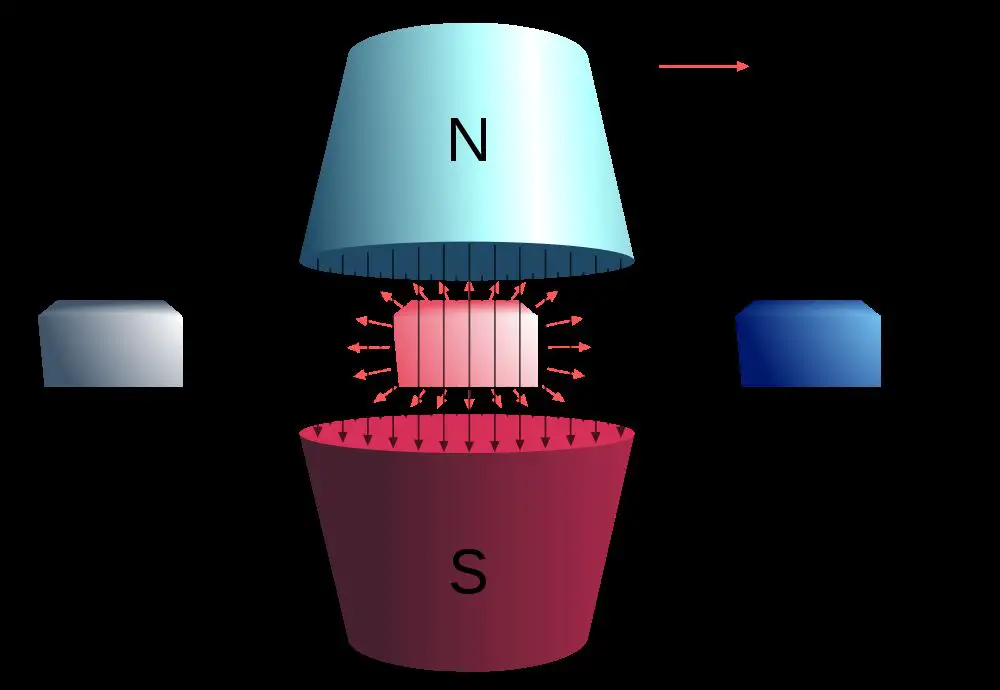Manyetik Soğutma
Kısaca: Magnetic refrigeration is a cooling technology based on the magnetocaloric effect. This technique can be used to attain extremely low temperatures (well below 1 K), as well as the ranges used in common refrigerators, depending on the design of the system. ...devamı ☟
Manyetik soğutma Resimleri

Termoelektrik soğutma
3 yıl öncesıcaklığını dengede tutarlar. Peltier ısı transferi elemanlarının aktif bir soğutma sistemi olup, miliwatt’tan kilowatt’a kadar değişen bir yelpazedeki uygulamalar...
Termoelektrik soğutma, Buzdolabı, Isı, Isı pompası, Kompresör, Sıcaklık, Yoğuşturucu, Peltier Etkisi, Yarı iletkenler, Peltier, TransferTransdüser
3 yıl öncebiçimini başka enerji biçimlerine dönüştüren cihazdır. Dönüşüm, elektriksel, manyetik, elektromanyetik, kimyasal, termal enerji biçimleri olabilir. Transdüser...
Disprozyum
7 yıl önceadıyla disprosiya/dysprosia), nikel çimento içinde nükleer reaktörlerin soğutma çubuklarında kullanılır. Disprozyum-kadmiyum kalkogenitler kimyasal reaksiyon...
Disprozyum, Element, Kimya, TaslakSoğuk
3 yıl öncenesneden nispeten soğuk soğutucuya aktarılır. Lazer soğutma ve manyetik buharlaştırmalı soğutma, çok düşük sıcaklıklara ulaşmak için kullanılan tekniklerdir...
Yüzey sertleştirme
7 yıl öncebölgeler elektriksel manyetik alan ile hızlı bir şekilde sertleştirme sıcaklığına çıkarılır ve ani olarak soğutulurlar. Soğutma ortamı olarak genellikle...
Transformatör
3 yıl öncebir bobinindeki değişen akım, transformatörün çekirdeğinde değişken bir manyetik akı üretmektedir. Oluşan akı, aynı çekirdek etrafına sarılmış diğer bobinler...
Transformatör, Bobin, Demir, Kapasitör, İndüksiyonSüperiletkenlik
7 yıl öncesoğutulmasıyla ortaya çıkan, maddenin elektriksel direncinin sıfır olması ve manyetik değişim alanlarının ortadan kalkması şeklinde görülen bir fenomendir. 8...
Heike Kamerlingh Onnes
3 yıl önceGroningen - 21 Şubat 1926, Leiden), Nobel ödüllü Hollandalı fizikçi. Soğutma teknikleri ve malzemelerin yaklaşık mutlak sıfıra kadar soğutulduğunda...